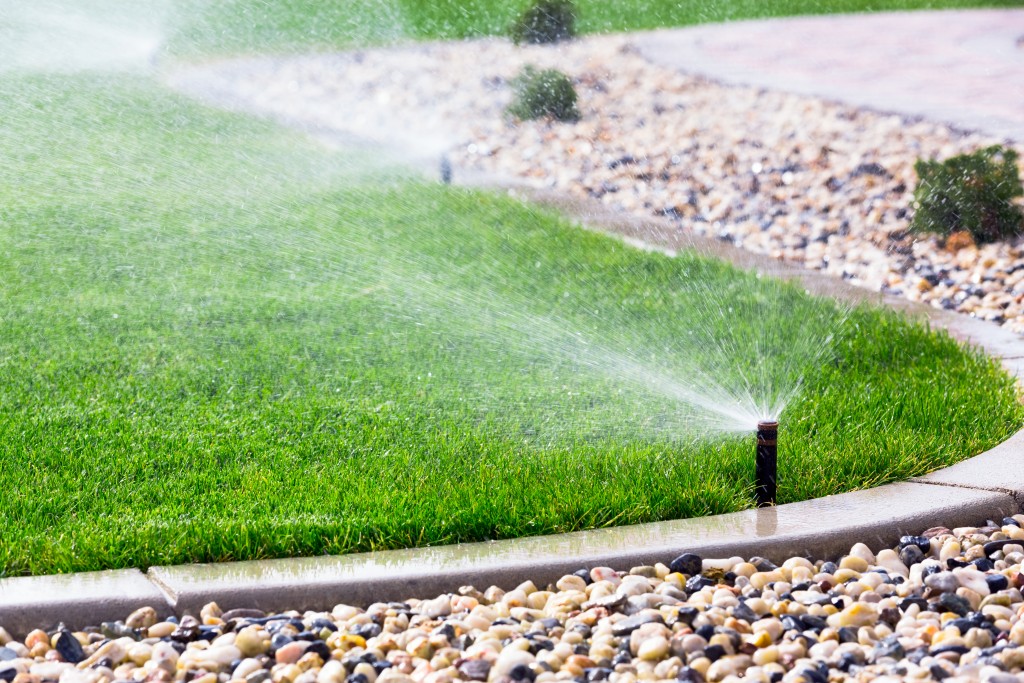Before, people had a hard time maintaining yards. No matter how hard they try, there are times when grass won’t grow. But ever since the invention of artificial turf, we now have the option to go for au naturel grass or the synthetic variant.
Artificial turf was first manufactured in the early 1960s. It changed the way we decorate playgrounds and how we enhance our yards. With synthetic turf, we can now enjoy luscious yards that require minimal maintenance.
Playing surfaces are crucial for sports safety and comfort. Without regular sports surfacing, athletes will find it hard to perform their best. Thanks to artificial turfs, the sports industry found a better way to accommodate athletes.
Now, sports arenas and training fields no longer need to maintain natural turf so that athletes can play on trimmed and well-maintained turf. Artificial turf is much easier to clean, maintain, and replace. But the question is, how do they make synthetic turf?
How Artificial Turf is Made
To make artificial turf, they mix and melt white plastic pellets with green pellets, chemical stabilizers, and additives. A machine will then express the melted plastic into a steel plate with holes to create green plastic strands. The strands will then cool and solidify after passing a trough of water and into machinery that will pull and separate each strand.
Rollers will then stretch and strengthen each strand at the next station. Once the strands are as thin as natural grass, spools will roll up the green plastic strands. A factory worker will then remove each spool once full. A machine will then unwind the spools and combine the strands to weave an artificial yarn.

The artificial yarn will then be wounded on large spools before being heated to create the twisted shape. The yarn will go into a tufting machine to create a carpet of artificial turf. Small knives will then cut the looped yarn to create the illusion of spiked natural grass. An inspector supervises the process and ensures the yarn looks even.
The carpet of artificial turf will then move to a coating roller where adhesive will be applied at the backing of turf for sealing. To dry the adhesive, the turf will be placed under temperature-controlled heat lamps. After drying, inspectors will check the grass to make sure the surface is uniform and perform a series of test for quality control before the turf are cut and packaged.
What You Did Not Know About Synthetic Turf
Many people don’t know much about artificial turf. This marvelous invention undergoes a rigorous process before they end up in your yard and the sports ground. Haven’t tried touching a synthetic turf? Know that it feels rough to touch. If you are not careful and you end up rolling in the artificial turf while playing sports, you can get hurt.
Did you know that the carpet industry is the one responsible for the creation of synthetic turf? This is why the process of making artificial turf is similar to how carpets are made. In a nutshell, artificial turfs are plastic rugs made to look like real grass. As time passes by, manufacturers improved the quality of artificial turf. Now, we can enjoy great imitations of real grass that is also water-resistant and UV resistant.
Know that even artificial grass requires watering but not to keep it healthy like real turf. If you install artificial turf in your yard, you will still need to hose it down to get rid of dirt. In sports arenas and stadiums, they make use of an automatic irrigation system. This helps improve field sanitation and is needed places with warmer climates.
Artificial turf is made of plastic that is hard to reuse and recycle. This only means one thing, and that it is not as eco-friendly as most want it to be. Since it is not a real plant, installing artificial turf in your yard won’t help make your home more sustainable. But if you live in an area where the grass is tough to grow and maintain, then you can consider an artificial yard instead.
Synthetic turf can make your soil inhabitable to wildlife. It makes it hard for living organisms to make use of your soil. One will need to nurse the ground back to health before you can grow real grass after removing artificial turf.
Technological advancements made the invention and production of artificial turfs possible. Now, you can have a yard that requires no mowing and trimming. Sports arenas, training fields, and stadiums can have a heavy-duty turf for their athletes. They might not be as eco-friendly as your natural grass, but we can’t deny the fact that it did help people and businesses realize their goals.

